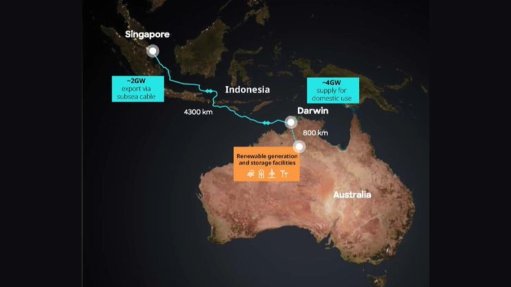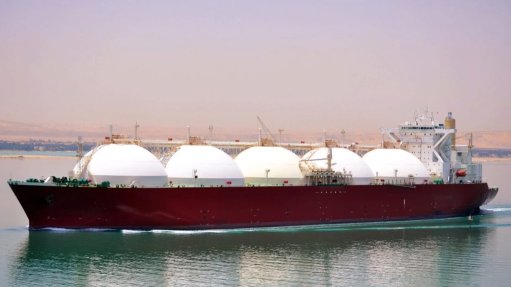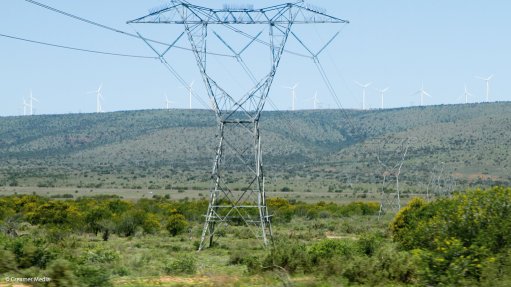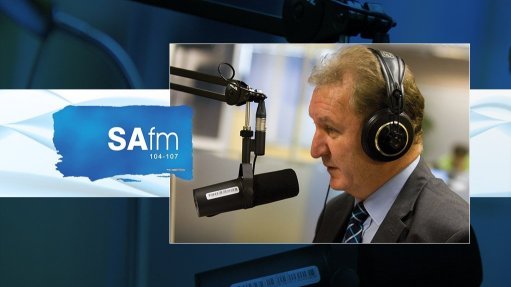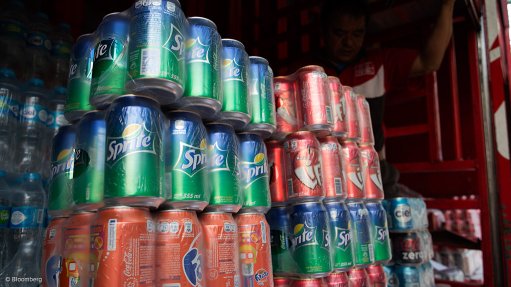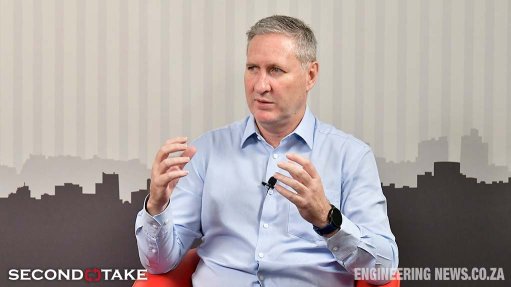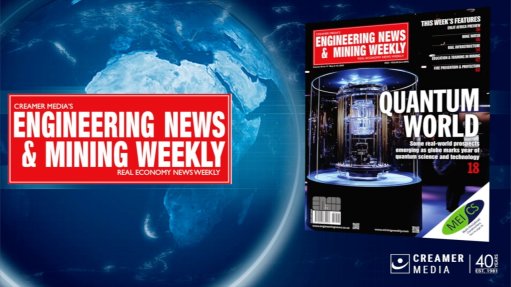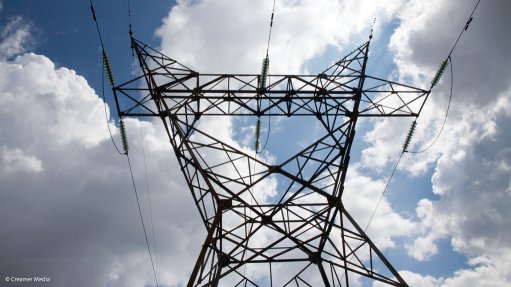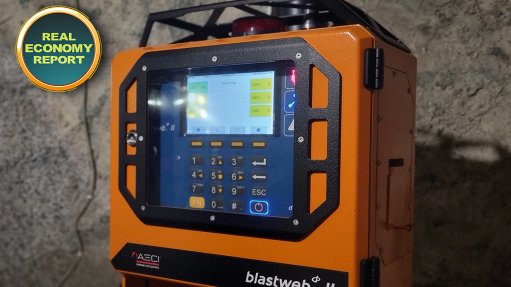New maritime transport policy to facilitate sector growth

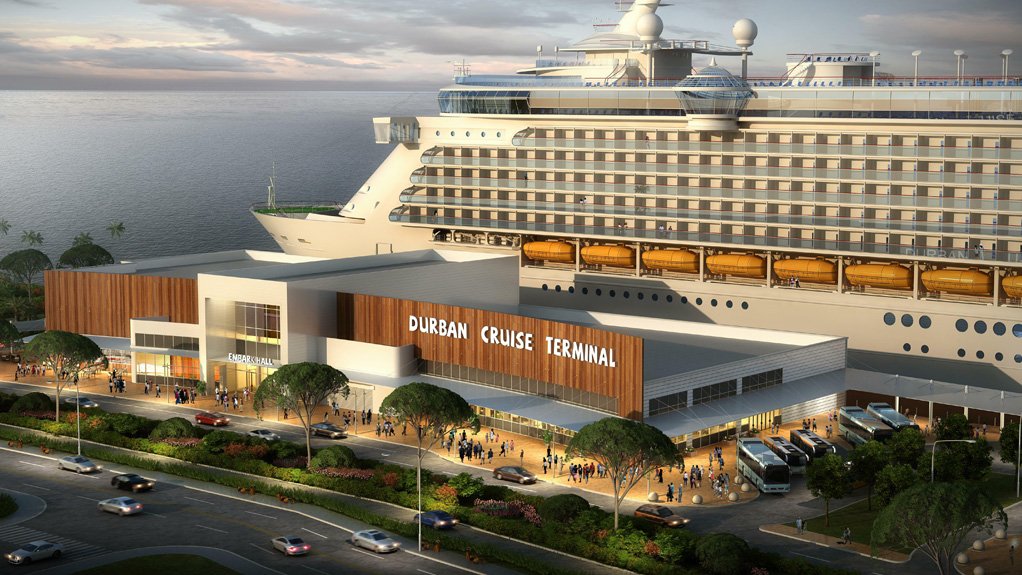
CRUISING CONCEPT Private sector participation opportunities arose at the Durban cruise terminal for MSC Cruises’ subsidiary KwaZulu Cruise Terminals
The Department of Transport finalised its Comprehensive Maritime Transport Policy (CMTP) for South Africa in June.
The overarching aim of the CMTP is to facilitate growth and development of the country’s maritime transport system in support of local socioeconomic development while contributing to international trade.
It addresses issues such as transport costs efficiencies, the lack of an established merchant fleet and the country’s relatively weak import and export trade, as well as growing employment opportunities in the sector.
The ability of South Africa to carry its own import and export trade has been in sharp decline since the 1980s, owing to South Africa’s merchant fleet seeking opportunities elsewhere following the apartheid period.
This has resulted in the absence of merchant ships on the South African ship register, which has affected the country in various ways, including the loss of critical and strategic public- and private-sector maritime expertise and the loss of commercial maritime service capacity and industrial capacity, including the research, development and innovation that accrues to a country that regulates and/or owns and operates an indigenous merchant shipping industry, according to the CMTP.
Law firm Bowmans Ports, Terminals and Logistics Corridors head Andrew Pike says the policy is focusing on creating ports and port infrastructure as the main driver of maritime transport, as “cost-effective and efficient ports . . . will arguably promote and drive import and export trades for the country”.
He believes that the policy’s initiative to grow employment opportunities will only be realised once South Africa’s landside operations have expanded to include more and improved ship management, repairs and building. “Until we become competitive in those areas, I think that simply bringing ships onto the register is not going to make a huge difference in terms of creating employment.”
Unclogging the Arteries
The CMTP states that maritime transport is “the jugular vein of the South African economy” because the bulk of local trade is moved by sea through commercial ports.
The policy estimates that seaborne trade accounts for between 80% and 90% of the South African economy and, therefore, the CMTP has been developed to embody government’s commitment to the growth, development and transformation of maritime transport.
The policy aims to provide elaboration on the declared policy directives of the White Paper on National Transport Policy (NTP) of 1996 and the subsequent macro national policy, the National Development Plan, as well as a range of further interventionist programmes, including the ocean economy Operation Phakisa – a govern- ment initiative to advance a sector collaboratively with privately or publicly owned companies.
Pike avers that the maritime industry is likely to accelerate through increased ship repair facilities, shipbuilding facili- ties for supply vessels and tug boats, marine supply hubs and increased projects for berth-deepening to accommodate bigger ships, as well as increased development of terminals to handle bigger volumes of cargo such as containers, automotives and dry and liquid bulk.
The policy recognises that, given ports’ strategic nature in boosting the economy, ports require “massive investment in infrastructure, innovative technology, proper management and a clear understanding of their evolving role in a globalising world economy”.
Big-Picture Differences
Pike points out that the first difference between the CMTP and the White Paper on the NTP is the increased focus on regional integration that maritime transport needs to factor in, which has partly been driven by the African Maritime Transport Charter of 2009 and the African Integrated Maritime Strategy of 2015, both published by the African Union.
“Any policy that we have has to align to those documents, which require maritime transport to have regional integration with our neigh- bouring countries, such as logistics corridors between South Africa and other African countries for example.”
The CMTP also prioritises socioeconomic development, whereas the NTP was more focused on the ‘nuts and bolts’ of good labour practices and establishing labour laws, notes Pike.
The third distinguishing aspect that Pike highlights is the need to meet South Africa’s international trade needs, which “can happen through an effective, well- regulated maritime transport system that aligns with the fundamental principles and strategic government objectives”.
Pike says, while the NTP promoted facilitating and enhancing the expansion of international trade and tourism, as well as developing the necessary international relations, it did not align fully with a bigger strategic govern- ment objective such as the CMTP.
Further, the NTP was largely designed to leave maritime development to market forces, whereas the CMTP is more proactive in driving local growth and development to create an environment for entrepreneurs and the growth of business opportunities and employment in the sector, Pike explains.
The CMTP’s focus on transport cost efficiencies and economies of scale aligns with international practices in maritime transport, which was not as catered for in the NTP. For example, Singapore’s maritime transport standard and port efficiency can now be a benchmark for South African port development, Pike concludes.
Comments
Announcements
What's On
Subscribe to improve your user experience...
Option 1 (equivalent of R125 a month):
Receive a weekly copy of Creamer Media's Engineering News & Mining Weekly magazine
(print copy for those in South Africa and e-magazine for those outside of South Africa)
Receive daily email newsletters
Access to full search results
Access archive of magazine back copies
Access to Projects in Progress
Access to ONE Research Report of your choice in PDF format
Option 2 (equivalent of R375 a month):
All benefits from Option 1
PLUS
Access to Creamer Media's Research Channel Africa for ALL Research Reports, in PDF format, on various industrial and mining sectors
including Electricity; Water; Energy Transition; Hydrogen; Roads, Rail and Ports; Coal; Gold; Platinum; Battery Metals; etc.
Already a subscriber?
Forgotten your password?
Receive weekly copy of Creamer Media's Engineering News & Mining Weekly magazine (print copy for those in South Africa and e-magazine for those outside of South Africa)
➕
Recieve daily email newsletters
➕
Access to full search results
➕
Access archive of magazine back copies
➕
Access to Projects in Progress
➕
Access to ONE Research Report of your choice in PDF format
RESEARCH CHANNEL AFRICA
R4500 (equivalent of R375 a month)
SUBSCRIBEAll benefits from Option 1
➕
Access to Creamer Media's Research Channel Africa for ALL Research Reports on various industrial and mining sectors, in PDF format, including on:
Electricity
➕
Water
➕
Energy Transition
➕
Hydrogen
➕
Roads, Rail and Ports
➕
Coal
➕
Gold
➕
Platinum
➕
Battery Metals
➕
etc.
Receive all benefits from Option 1 or Option 2 delivered to numerous people at your company
➕
Multiple User names and Passwords for simultaneous log-ins
➕
Intranet integration access to all in your organisation






